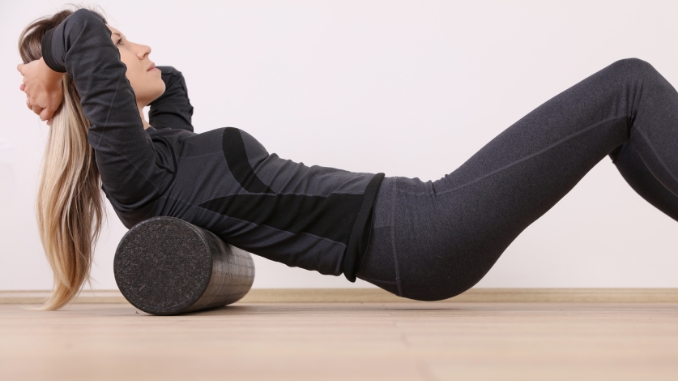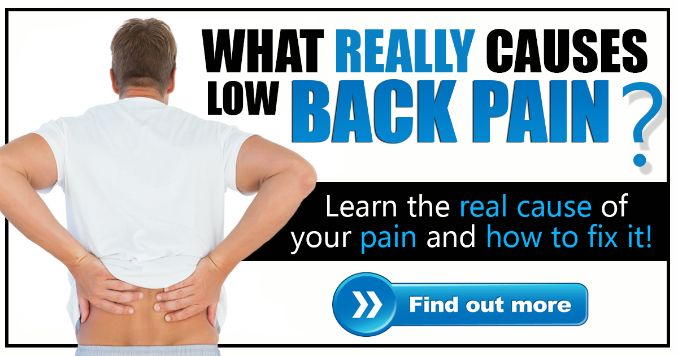Sciatica refers to pain caused by irritation or compression of the sciatic nerve [1]. The nerve is the longest and largest in your body, running from your back through your hips, buttocks, and down each leg.
The hallmark of sciatica pain is discomfort that radiates from the lower back to the back or side of the legs, which may worse with certain movements but can sometimes be managed with appropriate care. It may feel like a dull ache, sharp stabbing, burning pain, or even numbness and muscle weakness in the lower leg or foot
Treatment and Pain Management
1. Movement vs. Bed Rest
While it’s tempting to rest, extended bed rest may aggravate sciatica and lead to more pain. Gentle movement, light physical activity, and also low-impact aerobic activity can promote blood flow, ease sciatica pain , and help strengthen core muscles.
Exercises to avoid: high-load lifting, double leg lifts, or any movements that excessively strain the lower spine. Because these can trigger sciatica flares.
2. Heat and Ice Therapy

Alternating between heat and ice helps reduce inflammation and also increase circulation, providing pain relief. Ice numbs the irritated area, while heat relaxes lower back muscles and reduces stiffness.
3. Sciatica Stretches
Gentle stretching helps reduce pain and increase mobility. A few safe options:
a. Standing Hamstring Stretch

- Begin in an upright standing position with your feet hip-width apart.
- Maintain good alignment with your head, shoulders, hips, and legs.
- Engage your core muscles.
- Step forward with one foot and press the heel of that foot onto the floor.
- Keep your forward leg straight and gently lean forward, reaching your hands towards your foot until you feel resistance.
- Hold the position for a couple of seconds.
- Relax and repeat the movement on the opposite leg.
b. Pelvic Tilt

- Lie on your back on the floor with knees bent and feet flat.
- Maintain good alignment with your head, shoulders, and hips.
- Tighten your abdominal muscles and gently tilt your pelvis upward.
- Hold the position for a couple of seconds.
- Relax and repeat the movement with 5 repetitions.
c. Modified Plank
Strengthens core muscles and also stomach muscles without stressing the lower spine.

- Begin in a 4-point position on the floor with your hands beneath your shoulders and your knees under your hips.
- Maintain good alignment then with your upper body.
- Engage your core muscles, then slowly lower both knees to the floor, as you move into a forearm plank position.
- Hold the position for several deep belly breaths, in through your nose then out through your mouth.
d. Leg Circles

- Begin in an upright sitting position on a chair with your knees bent and then feet flat on the floor, maintaining good alignment with your head, shoulders, and hips.
- Place your hands at the sides for support.
- Engage your core muscles.
- Raise and extend one leg forward, then move your extended leg in a circular motion for 5 repetitions.
- Relax and repeat the movement then on the opposite leg.
Always stop if you feel sharp or burning pain.
4. Foam Rolling

- Lie on your back on the floor with your knees bent and feet flat on the floor.
- Place a foam roller horizontally underneath your back, and place your arms at the back of your head then for support.
- Tighten your abdominal muscles, then lift your seat off the ground and start moving your body back and forth.
- Repeat the movement then for 5 repetitions.
Foam rolling [2] may help reduce muscle tension and also discomfort associated with sciatic-like pain. Start slowly and then avoid pressing too hard. Overpressure may cause more pain instead of relief.
Is Sciatica a Condition or a Symptom?
A medical condition refers to diseases or disorders, while a symptom is a manifestation of a condition.
Sciatica itself is a symptom of lumbar spine issues, such as:
- Lumbar Spinal Stenosis – narrowing of the spinal canal.
- Degenerative Disc Disease – breakdown of spinal discs.
- Spondylolisthesis – when one vertebra slips over another.
- Disc Herniation – an injury or bulging disc pressing on a spinal nerve root.
- Piriformis Syndrome – muscle tightening that irritates the nerve.
- Other contributors include pregnancy-related changes or muscle spasms.
Theses conditions affects how the sciatic nerve runs through the lower spine and legs, producing pain and other sciatica symptoms.
Medications and Professional Help
For some, NSAIDs or muscle relaxants may provide short-term pain relief. However, long-term reliance is not ideal.
For managing sciatica, a physical therapist or healthcare provider can create a tailored treatment plan and recommend safe strengthening routines. In more serious cases, they may identify underlying issues like a herniated disc or severe lumbar spine compression thereafter.
Dr. Kevin Taliaferro, MD, orthopedic surgeon at Henry Ford Health, emphasizes:
“I don’t think people need to run to spine surgeons by any stretch of the imagination. But if routine care—like NSAIDs, rest, stretching, and continuing light aerobic activity—for a week or two doesn’t improve things, it’s time to involve your physician. Most cases of sciatica improve with time, but numbness, muscle weakness, or bowel/bladder dysfunction are never normal and warrant prompt attention.”
How to Prevent Sciatica
- Strengthen core and back muscles with safe, targeted training to help reduce the risk of sciatica.
- Avoid heavy lifting and also sudden twisting motion.
- Use proper form in any exercise program.
- Stay active with low-impact aerobic activities to keep the body moving.
- Practice gentle stretching daily to maintain mobility.
- Avoid also the sciatica exercises.
Consult a Sciatica Expert
If you notice persistent sciatic pain, tingling, numbness, or muscle weakness, consult a healthcare provider. A specialist can help you get on the right path to recovery and also design a safe exercise program that won’t aggravate sciatica.
For more information, Harvard Health Publishing also recommends gentle activity and stretching to reduce sciatica flares.
For a more comprehensive approach to Sciatica and other back injuries that cause Sciatica, check out Low Back Pain Solved now!
FAQs
What causes sciatica pain, and why does it radiate down the leg?
Sciatica arises when the sciatic nerve is compressed—commonly from a herniated disc, spinal stenosis, bone spurs, or piriformis syndrome—causing pain, burning sensations, or numbness down the leg.
Which sciatica exercises or activities to avoid?
The sciatica exercises or activities to avoid are heavy lifting, double leg lifts, and twisting motions that strain the lumbar spine. These sciatica exercises to avoid can trigger sciatica flares and eventually lead to more pain.
What safe techniques can help ease sciatic nerve pain?
Focus on sciatica stretches, gentle movement, and also core strengthening exercises like pelvic tilts [3], modified planks, and leg circles.


